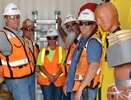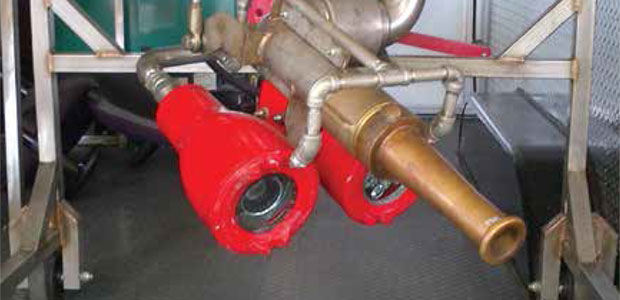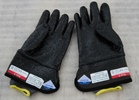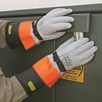
By Bill O'Neill
Mixing novel technologies and methods with increased diligence in patient room decontamination is key to improving infection prevention.

By Randy Kaminsky, Rick Ponthan
When working with electrical arc flash, it is up to the employer to develop a Hazard Risk Analysis. Each facility is required to complete an assessment that identifies what, if any, risks are present and the severity of each risk.

By Hugh Hoagland
The 90-year-old technology of using rubber gloves for shock and leather gloves for protection of the rubber soon could be turned on its head by innovation.

By Jerry Laws
Oct. 1’s third keynote session, a new addition to the educational program this year, looks like a "must attend" session of its own: the Prescription Drug Keynote.
By Cary Usrey, Scott Falkowitz
Safety is not a bolt-on program that can be managed after the project begins; safety should be integrated into how work is performed, as are cost, schedule and quality.

By Jon Fleshman
The members' emergency response backgrounds and their excellent reaction times to incidents are some of the team's biggest contributions to the project's safety program.

By Darin Hauck
Several cleaning technologies are available. They greatly reduce the risk of slips and falls and equipment injuries from working inside tanks where water or cleaning solutions collect at the bottom.

By Chitra Subbarayan
Specialty gloves designed to withstand the hazards of high-pressure jetting strikes must be used to prevent injury, and they can be used in other industrial applications where the operator is exposed to high-pressure fluids.

By Laura Proctor, Srin Kuchibotla
Lockout/tagout and rubber insulating gloves help to protect workers.
By Jerry Laws
The Chemical Safety Improvement Act, a bipartisan agreement, was a welcome surprise from Capitol Hill.
By Robert Pater
I've found that Ethos, however well-intentioned, has limited appeal to those who are caught in ferociously competitive pressures, who feel they have to do whatever they must to survive.
By
Assessing the current culture and systems without a strategy or destination in mind is to perpetuate program-of-the-month experiences and effort-for-the-sake-of-effort thinking.